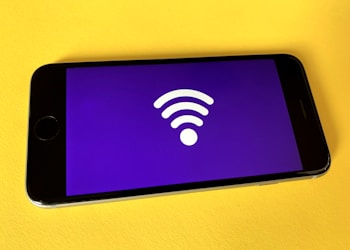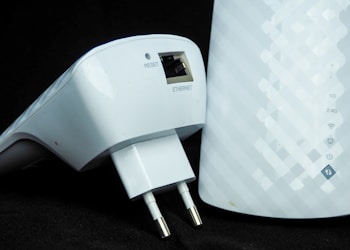If you’ve ever looked inside your computer, phone, or TV, you may have noticed some thin, transparent cables. These are fiber optic cables used to carry digital information using light pulses. Fiber optic cables can carry more data than traditional metal wires and are less likely to suffer from interference.
In this article, we’ll take a closer look at how fiber optic cables work and their advantages over metal wires.
What Exactly Is Fiber Optic Cable?
A fiber optic cable is made up of a very thin strand of glass or plastic, about the width of a human hair. This strand is called the “core.” The core is surrounded by another layer of material called the “cladding.” The cladding reflects light back into the core, keeping it from escaping.
Light pulses are sent down the core and bounce off the cladding. By varying the frequency of the light, different information can be encoded and sent.
Fiber optic cables carry much more information than metal wires because they can transmit data using many different frequencies (colors) of light at the same time. They also suffer less interference because they are not affected by electromagnetic fields like metal wires are.
What Are the Advantages of Fiber Optic Cables?
Fiber optic cables have a number of advantages over metal wires:
- They Can Carry More Data
Fiber optic cables can carry more data than metal wires because they can use many different frequencies of light at the same time. This means that more information can be sent per second.
When you hear about “high-speed internet,” it is usually referring to the fact that fiber optic cables can carry more data than traditional metal wires.
- They Are Not Affected by Electromagnetic Fields
Fiber optic cables are not affected by electromagnetic fields, which means they suffer less interference. This is why they are often used in places where there is a lot of electromagnetic interference, such as near power lines or electrical equipment.
- They Are Thinner and Lighter
Fiber optic cables are much thinner and lighter than metal wires. This makes them easier to install and less likely to damage other infrastructure if they are damaged themselves.
The thin and light profile of fiber optic cables also makes them less likely to be damaged by animals or weather.
- They Have a Longer Lifespan
Fiber optic cables have a longer lifespan than metal wires because they are not affected by corrosion. This is why they are often used in applications where durability is important, such as underground cables.
The average lifespan of a fiber optic cable is about 10 years, although in most cases they will last much longer.
- They Require Less Maintenance
Fiber optic cables require less maintenance than metal wires because they are not affected by corrosion or electromagnetic interference. This means that they will usually work for long periods of time without any need for repairs or replacements.
Constantly having to repair or replace metal wires can be costly, so the reduced maintenance requirements of fiber optic cables can save money in the long run.
Final Thoughts
Fiber optic cables are one of the most important inventions of the last century. They have transformed the way we communicate and have made it possible to send large amounts of data at high speeds.
If you are interested in upgrading your home or office’s internet connection, fiber optic cables are the way to go. They are faster, more reliable, and require less maintenance than metal wires.










